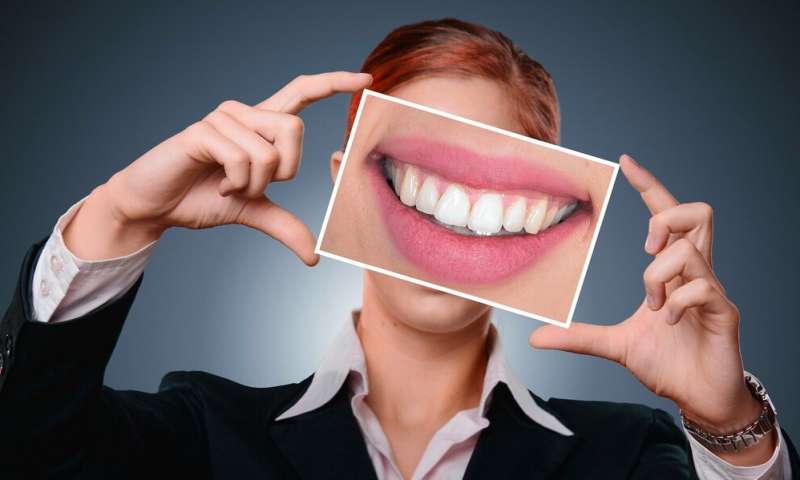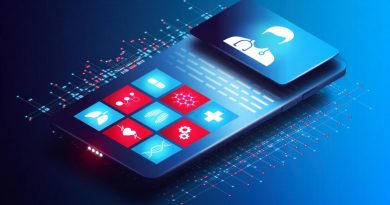Easy at-home assessment of sleep bruxism

Sleep bruxism, commonly known as clenching or grinding of the teeth during sleep, affects approximately eight to 15 percent of the population. It can lead to various negative health consequences like tooth wear, facial pain and headaches. Sometimes, teeth grinding can be so loud that it disturbs the sleep of others in the same room.
Currently, the treatment of sleep bruxism is mainly focused on managing its consequences. One reason behind our lack of understanding of sleep bruxism and its treatment is the fact there is no single severity assessment method that would at the same time be reliable, accurate, cost-effective and easily available. Accurate assessment of sleep bruxism severity requires bioelectric measurements, of which sleep laboratory polysomnography is the most accurate one. Unfortunately, it has limited availability and is considered expensive, which is why it is prioritised for the diagnosis of the most severe sleep disorders only.
Some user-friendly devices for sleep bruxism assessment that measure masticatory muscle activity have been introduced to the markets, allowing patients to use them in the comfort of their own home. However, these devices often fall short in accuracy, failing to differentiate between sleep bruxism and other masticatory muscle activity, such as yawning and swallowing.
Previously, researchers at the University of Eastern Finland and Kuopio University Hospital in Finland have developed a screen-printed emergency EEG electrode set, which has been shown to be quick and easy-to-use and to have high-signal quality in clinical settings. In addition, the electrode set can be used for sleep stage determination during sleep laboratory polysomnography.
Now, the technology used in the emergency EEG set was further developed as part of a doctoral thesis project in order to provide a highly accurate method for polysomnographic sleep bruxism assessment in research and clinical settings in patients’ own homes. The diagnostic accuracy of the electrode set was compared to the diagnostic accuracy of a conventional polysomnography and other bioelectric measurements.
“The upgraded version of the electrode set is extremely well-suited for accurate assessment of sleep bruxism severity. In fact, its diagnostic accuracy is similar to that of a conventional polysomnography, when using the same methods for differentiating sleep bruxism related activity from other nocturnal events,” says Ph.D. Student Tomi Miettinen, MSc, from the University of Eastern Finland.
According to the study, the electrode set is reliable and easy enough to be used by patients in their own home. Nine out of ten at-home polysomnography recordings were of good quality, and the electrical impedance of the electrodes was at an acceptable level 90 percent of the time. Only one out of 101 recordings failed due to problems related to the electrode set. Supporting evidence was also found for a previous finding that some patients may present altered results on the first night due to the so-called first night effect, and sleep bruxism assessment may require more than one night of recording.
Source: Read Full Article



